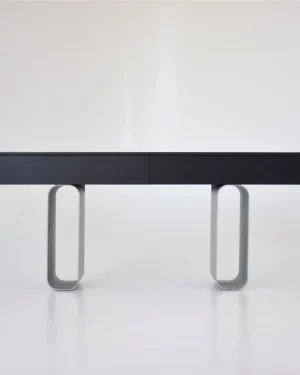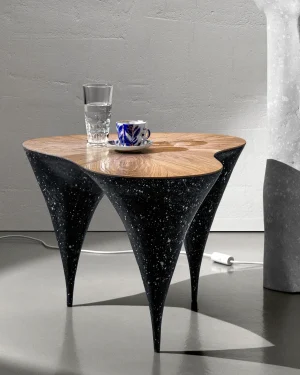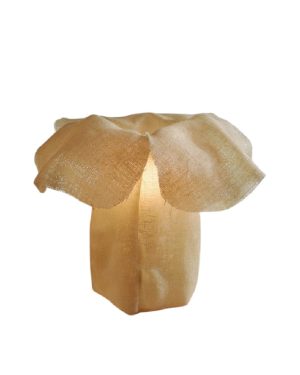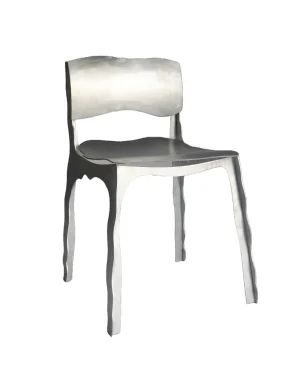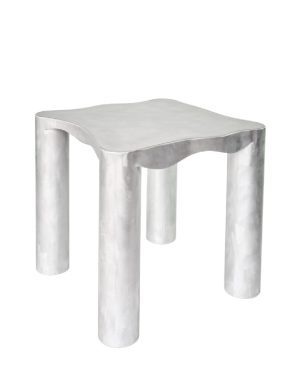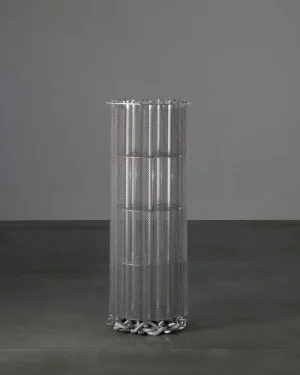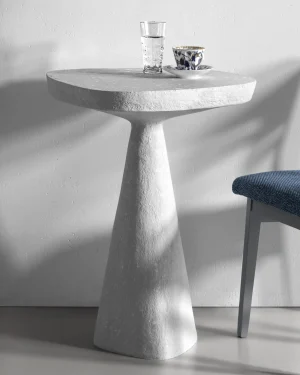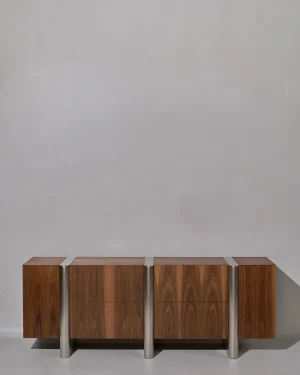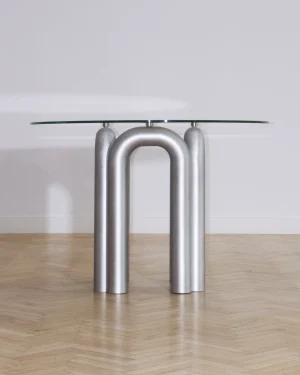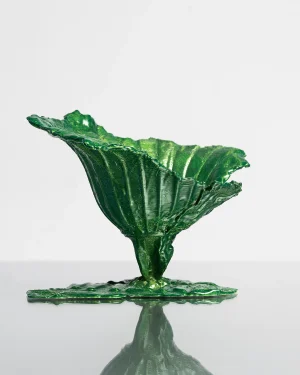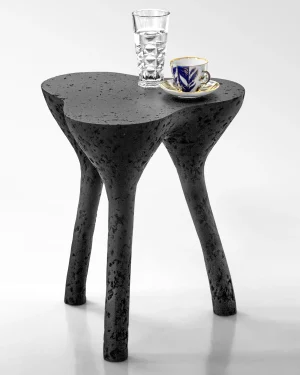Lithuanian design captures a unique blend of Baltic heritage, contemporary aesthetics, and a profound connection to nature. It celebrates the country's history and innovative spirit, reflecting a harmonious balance between tradition and modernity.
- Cultural Fusion: Incorporating influences from Baltic, Nordic, and Eastern European cultures, creating a diverse and eclectic design language.
- Nature-Inspired Craftsmanship: Drawing inspiration from Lithuania's picturesque landscapes and natural resources to create sustainable and environmentally conscious designs.
- Avant-Garde Approach: Pushing the boundaries of design with experimental techniques, bold forms, and innovative materials.
Contemporary Lithuanian Designers
Lithuania boasts a vibrant community of designers who infuse their work with creativity, authenticity, and a deep sense of cultural identity.
- Donatas Žukauskas: Crafts high-end objects and spaces that blend functionality with sophistication, utilizing a unique concrete-like material developed through extensive experimentation.
- Mantas Lesauskas: Explores the intersection of art and design, producing sculptural objects that challenge perceptions and evoke emotion.
- Evelina Kudabaite: Specializes in crafting high-end objects and spaces that seamlessly blend functionality with sophistication.
Commonly Used Materials in Lithuanian Design
Lithuanian designers harness a diverse range of materials, each imbued with cultural significance and artistic potential.
- Linen: Celebrated for its softness, durability, and eco-friendliness, linen is a staple material in Lithuanian textile design.
- Wood: Abundant in Lithuania's forests, wood is utilized in furniture making, sculpture, and architecture, reflecting a deep respect for nature.
- Clay: Clay pottery and ceramics are integral to Lithuanian craft traditions, with contemporary designers exploring innovative techniques and forms.
Defining Characteristics of Lithuanian Design
Lithuanian design is characterized by its authenticity, sustainability, and celebration of cultural heritage.
- Authenticity: Rooted in a deep appreciation for tradition and craftsmanship, Lithuanian design reflects the country's unique cultural identity.
- Sustainability: With a strong emphasis on environmental responsibility, Lithuanian designers prioritize eco-friendly materials and production methods.
- Cultural Heritage: Drawing inspiration from centuries-old folk traditions and contemporary artistic movements, Lithuanian design embodies a rich tapestry of cultural influences.
Influences on Lithuanian Design
Lithuanian design is shaped by a myriad of influences, including historical legacies, natural landscapes, and global trends.
- Historical Legacies: From the medieval architecture of Vilnius to the folk art traditions of the countryside, Lithuania's past informs its present-day design ethos.
- Natural Landscapes: The country's lush forests, serene lakes, and rugged coastline inspire designers to create works that reflect the beauty and diversity of the Lithuanian landscape.
- Global Trends: While rooted in tradition, Lithuanian design is also influenced by contemporary global trends, resulting in a dynamic and eclectic design scene that resonates with audiences around the world.
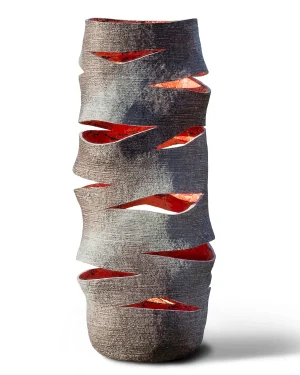
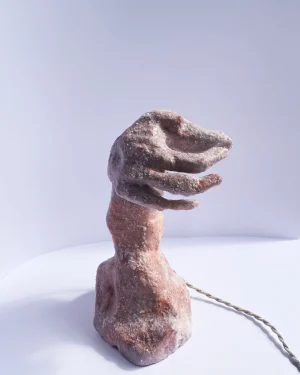 In stock
In stock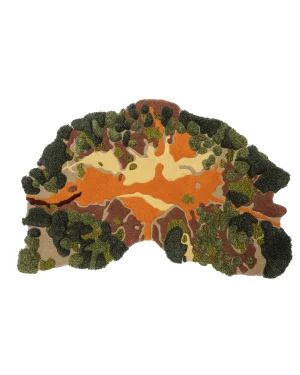 In stock
In stock In stock
In stock
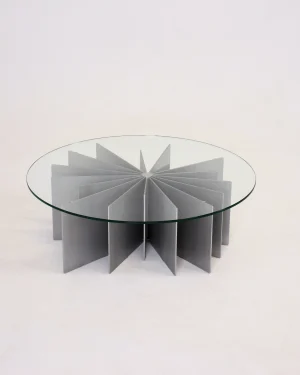
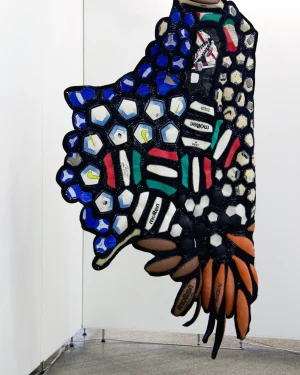 In stock
In stock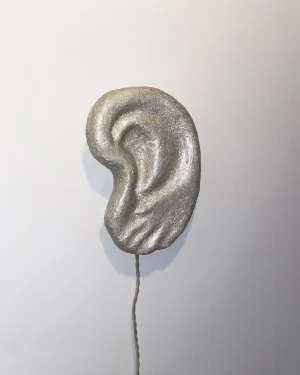
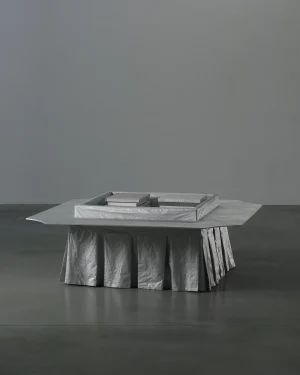 In stock
In stock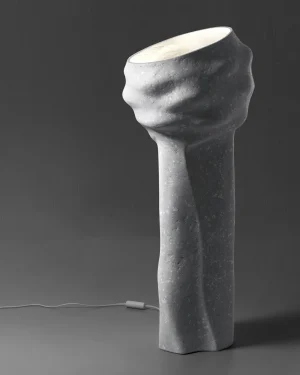 In stock
In stock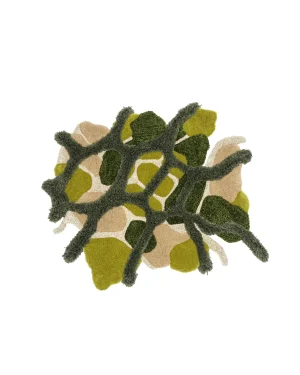 In stock
In stock
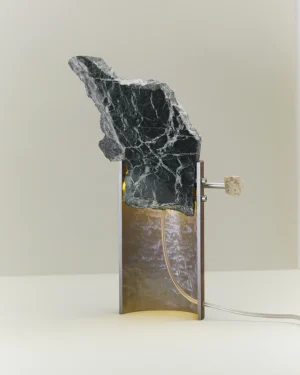 In stock
In stock

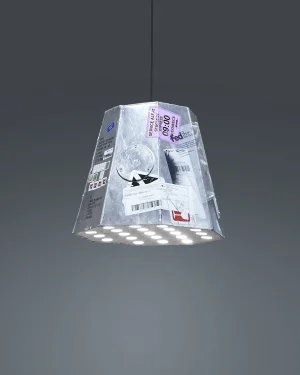 In stock
In stock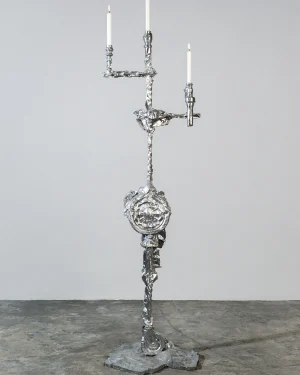 In stock
In stock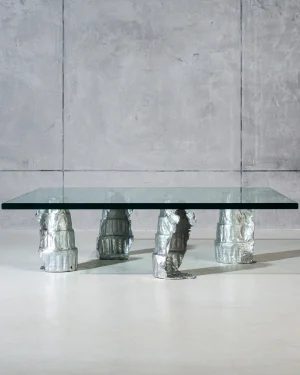 In stock
In stock

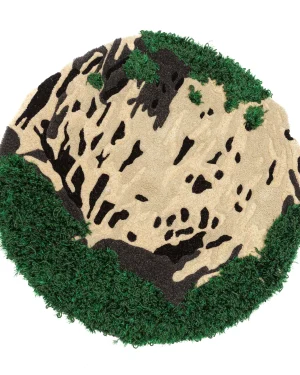 In stock
In stock In stock
In stock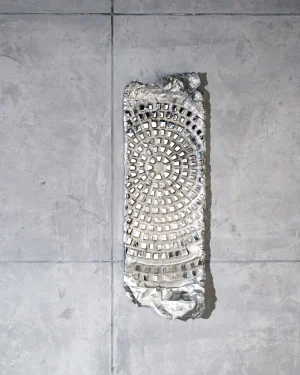 In stock
In stock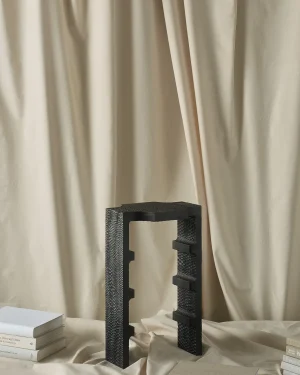 In stock
In stock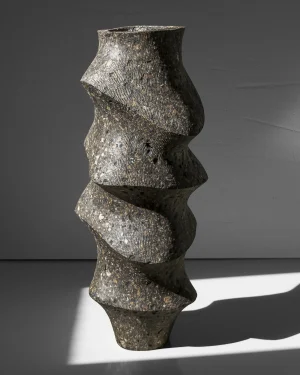
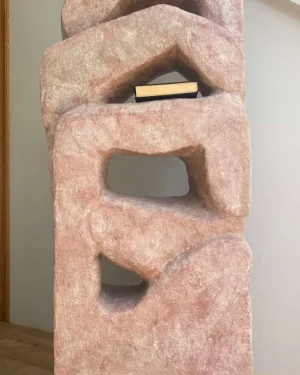 In stock
In stock In stock
In stock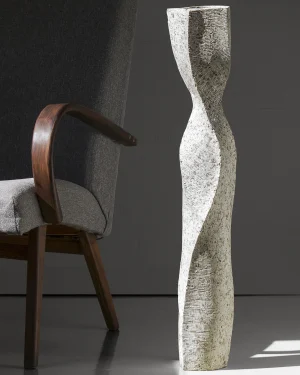 In stock
In stock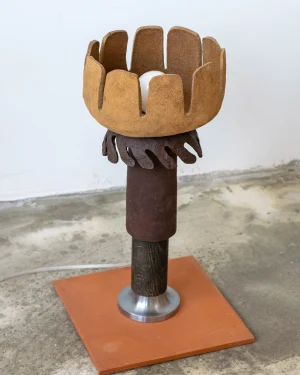 In stock
In stock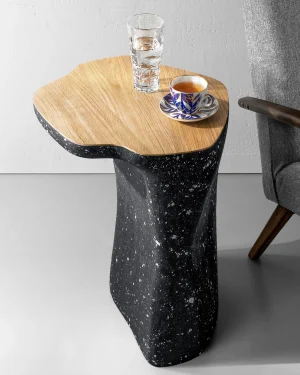 In stock
In stock
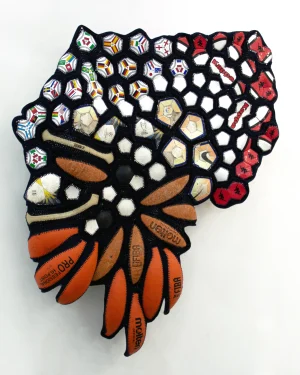 In stock
In stock In stock
In stock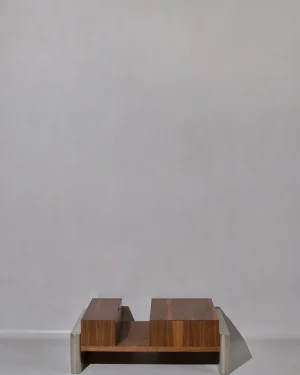
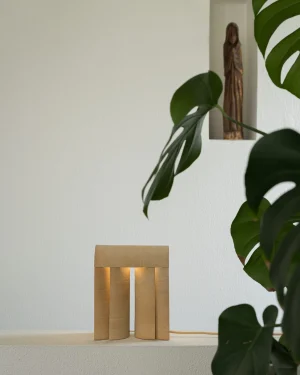 In stock
In stock
 In stock
In stock